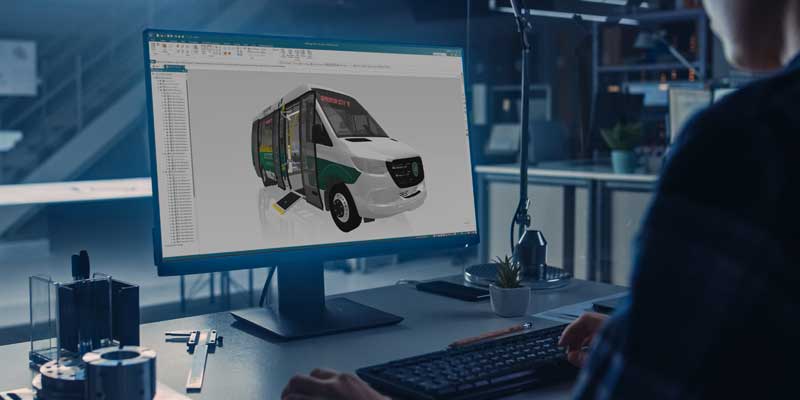Schedule a Call Back
Hamza Arsiwala: AI & smart metering are changing the dynamics in power sector
 Interviews
Interviews- Mar 01,24

Related Stories
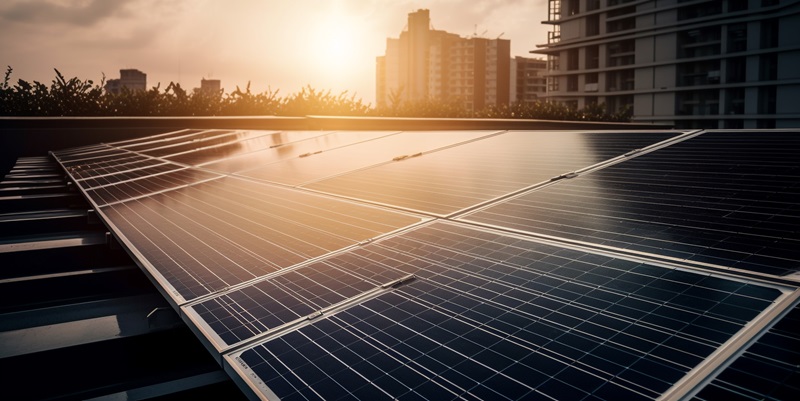
Vadodara power equipment makers see strong growth amid renewable energy boom
Vadodara has been a key player in power equipment manufacturing for five decades, home to around 200 medium and large manufacturers, including major names like ABB, Siemens, and Schneider Electric.
Read more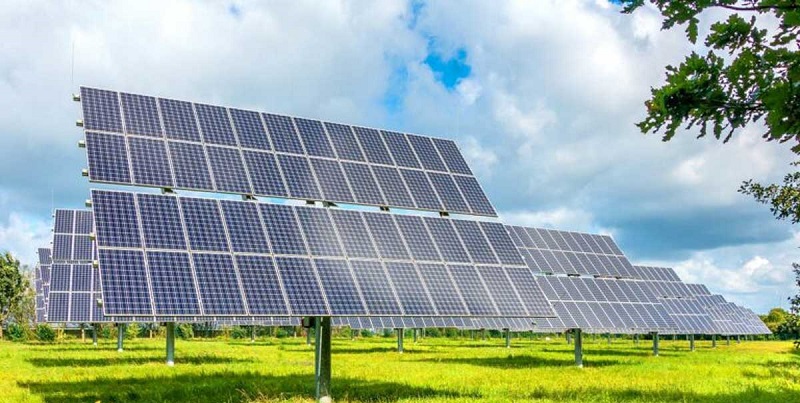
India to become leading solar PV exporter to US: Report
The report underscores that the Inflation Reduction Act (IRA) has provided a solid framework for renewable energy investments, particularly in solar energy, which has grown to 178 GW in 2023 from 15..
Read more
India aims for complete solar manufacturing ecosystem in 4-5 years: Avaada Group
Like the solar sector, hydrogen’s costs will only drop with significant investment and policy support, allowing prices to eventually compete with conventional fuels like grey and blue ammonia.
Read moreRelated Products
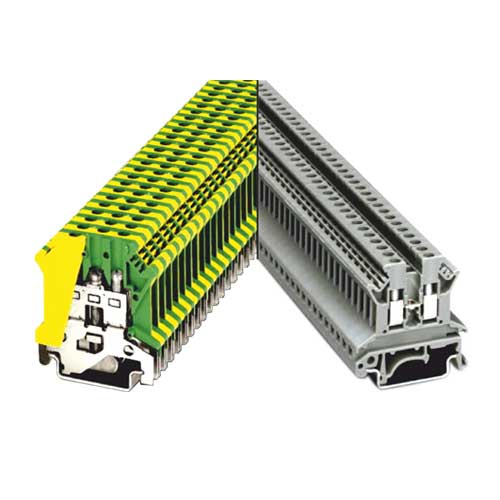
78 Series Din Rail Terminal Blocks
Werner Electric Private Limited offers a wide range of 78 series din rail terminal blocks.
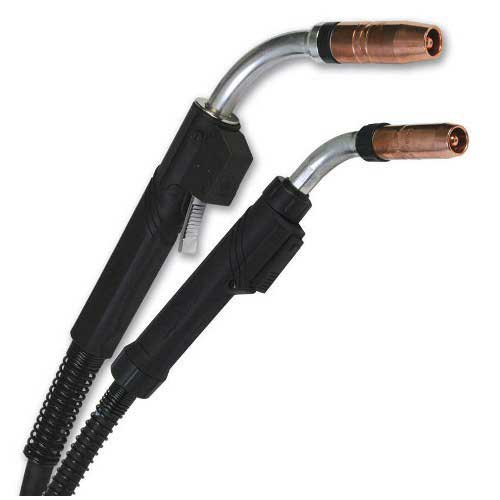
Mig Welding Torches
ATE Welding Engineering Robotics & Automation offers MIG welding torches. Read more

Puma Lift Electric Stacker
Puma Lift Trucks Pvt Ltd offers a wide range of puma lift
electric stacker.






